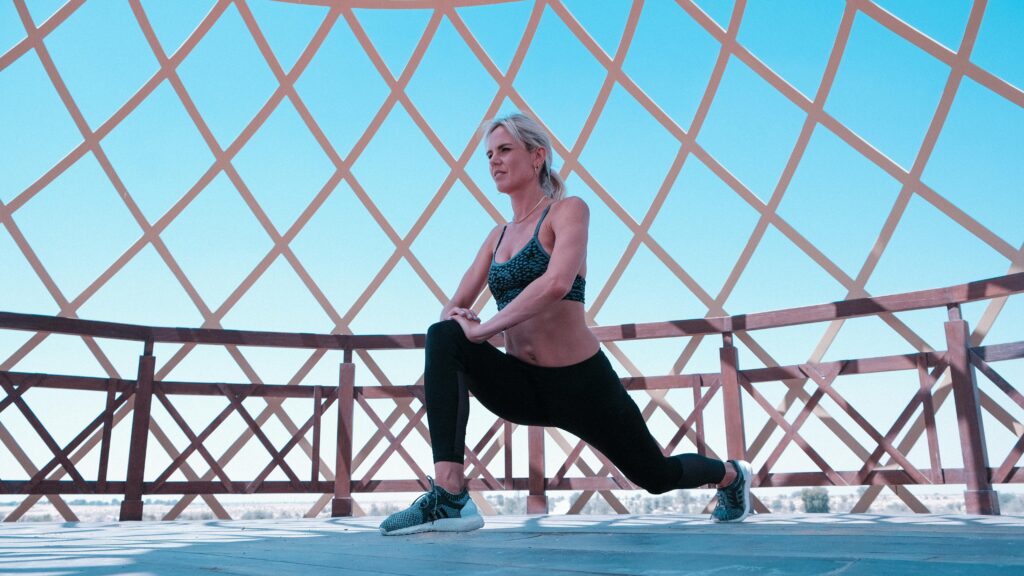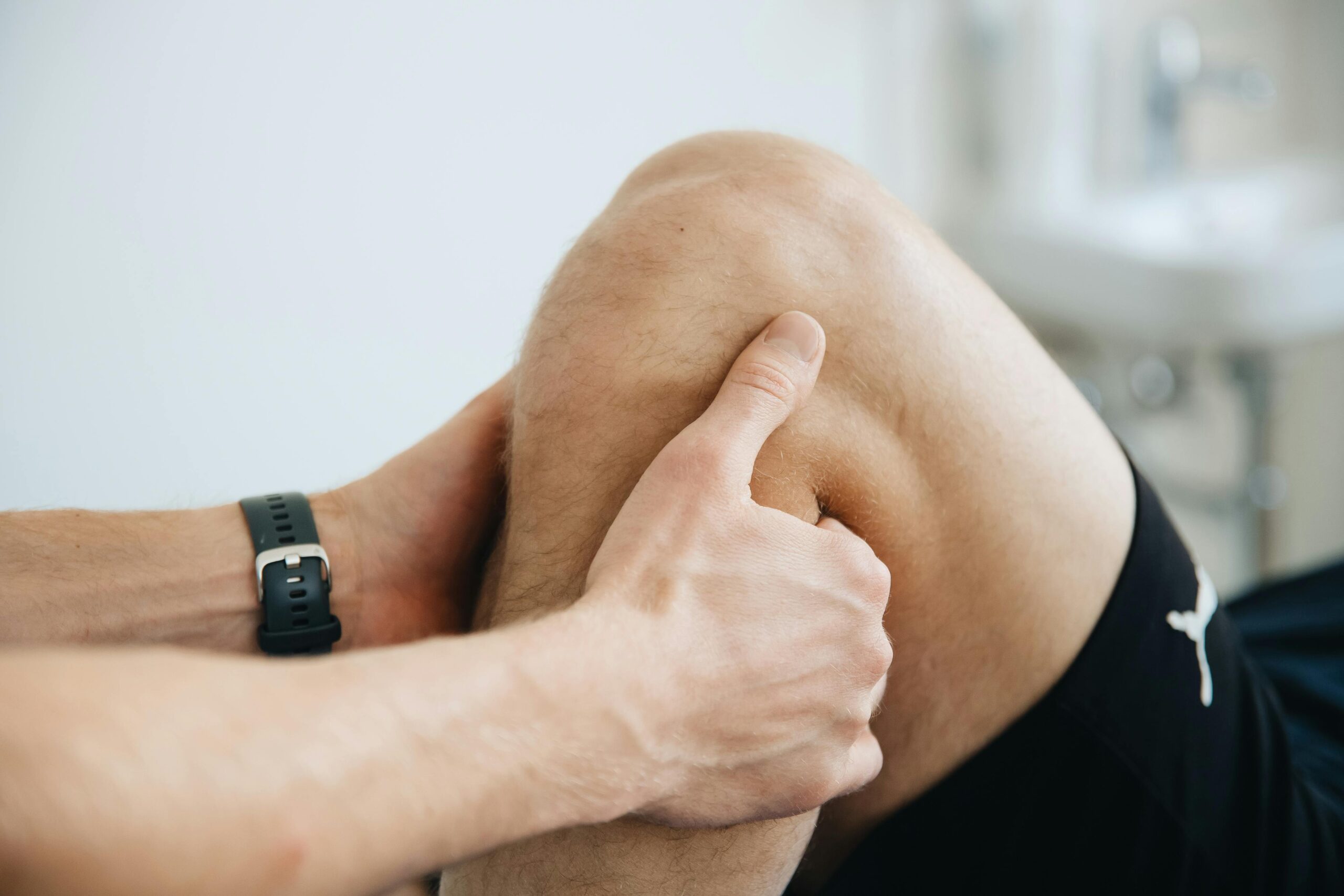
Dynamic vs Static Stretches: Optimal Stretching Techniques for Improved Fitness
At Tweak.Health Physio, we emphasize the essential role of Dynamic vs Static Stretches in enhancing your workout routine and recovery process. Understanding the differences between these two types will help you select the right one based on your exercise goals and needs.

Advantages of Dynamic Stretches
Our Latest Physio Tips
Understanding the differences and benefits of dynamic versus static stretches is essential for improving flexibility, enhancing performance, and supporting recovery.
Improves Long-Term Flexibility:
Static stretching—where a stretch is held for a prolonged period (typically 15 to 30 seconds)—helps elongate the muscle fibres. Over time, this technique significantly enhances flexibility. Unlike static stretching, dynamic stretches involve controlled movements through a full range of motion, preparing the muscles for activity.
Aids in Muscle Recovery Post-Exercise:
Incorporating static stretches after your workout can reduce muscle tightness and promote quicker recovery. This is achieved by increasing blood circulation to the muscles, helping them return to their resting state more efficiently.
Reduces Stress and Enhances Relaxation:
Beyond physical benefits, static stretching serves as a powerful tool for mental relaxation. It helps calm the nervous system after a strenuous workout, reducing overall stress levels.
Common Practices and Examples:
Popular static stretches include quad holds, hamstring stretches, and movements targeting the back and shoulders. These are simple yet effective ways to unwind the body post-exercise.
Selecting the Appropriate Stretching Technique:
Choosing the right stretching type depends on the phase of your workout. Dynamic stretches are ideal before exercising, as they warm up the muscles and boost performance. On the other hand, static stretches are best performed at the end of a session to support recovery and improve long-term flexibility.
Safety Tips:
Always perform stretches within a comfortable range to avoid overextension or injury. Controlled movement and proper technique are key to gaining the benefits safely.
Personalised Treatment at Tweak Health Physio
Every client’s experience of chronic pain is unique. That is why we create personalised treatment plans designed around health conditions, lifestyle, and long-term goals. During each session, our team adjusts strategies to make sure your plan remains effective, realistic, and supportive of lasting results.
To learn more about Dynamic Stretches and its benefits, at Open Source Journals HERE.





